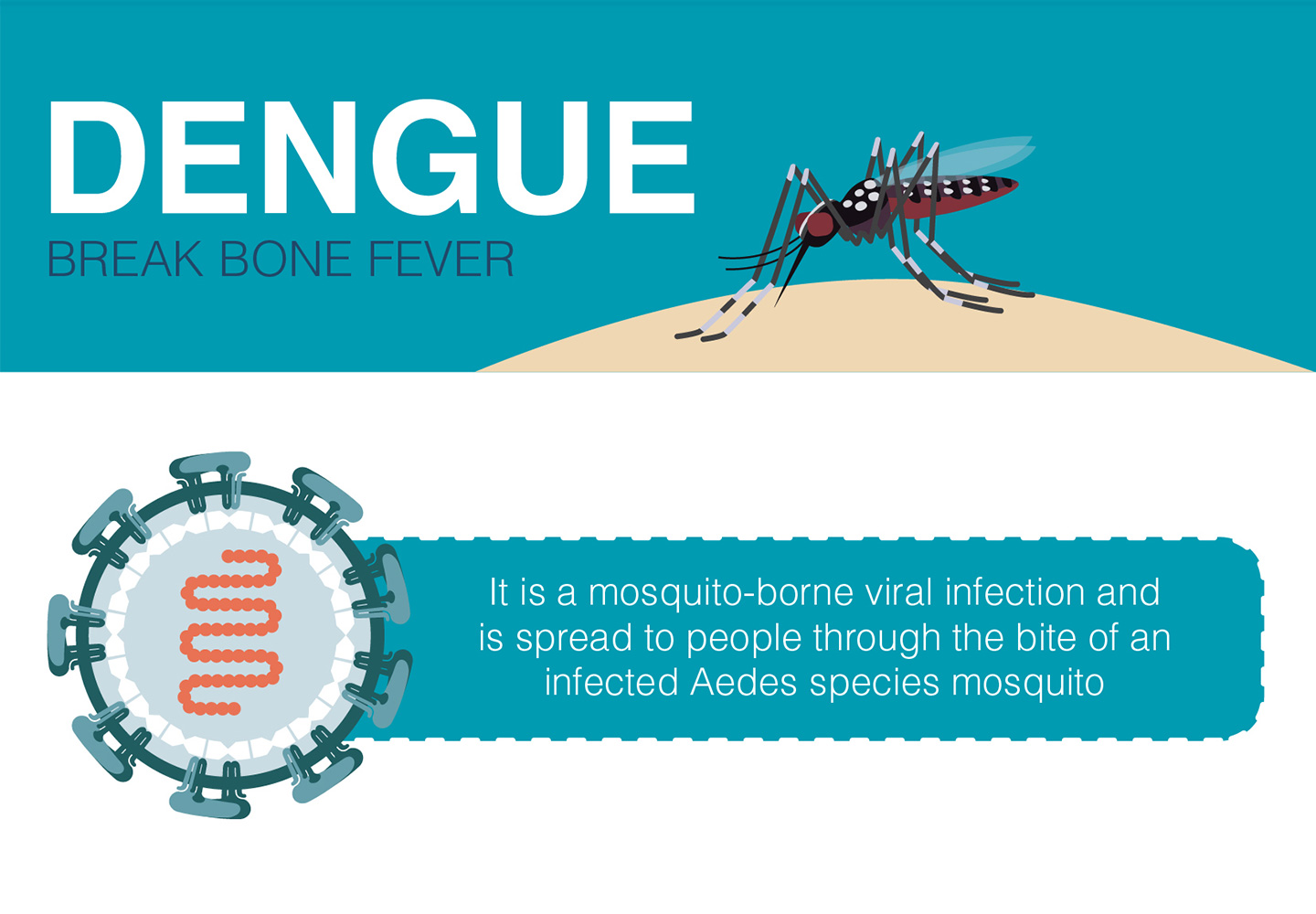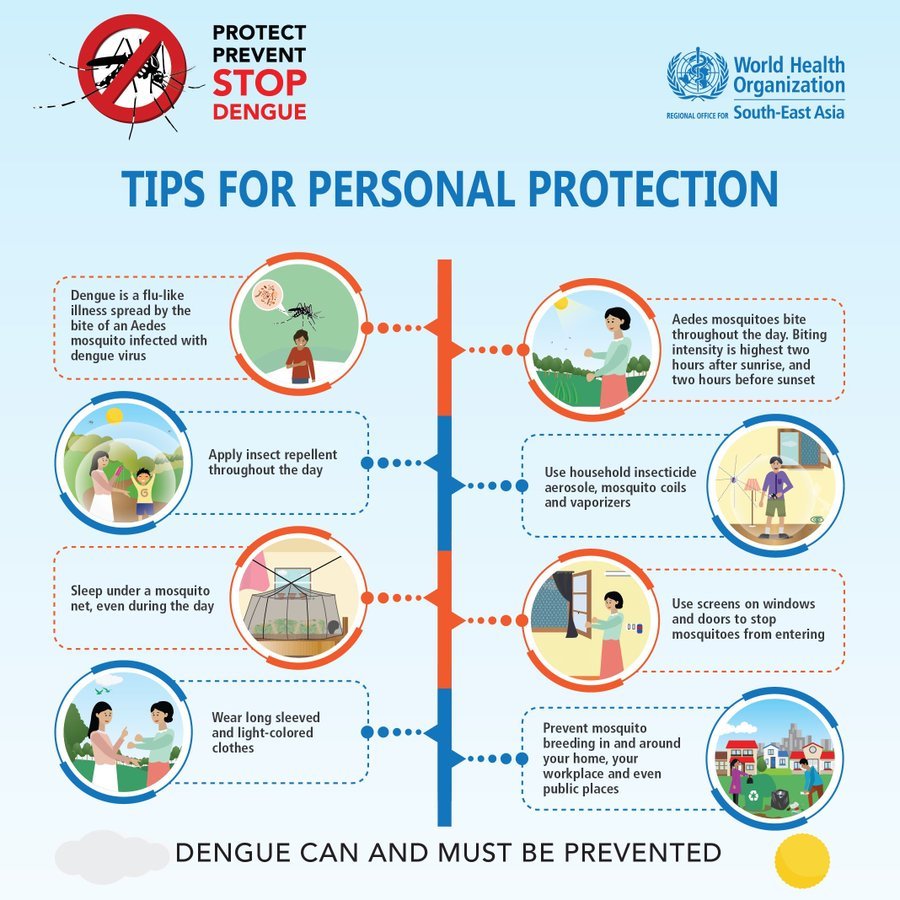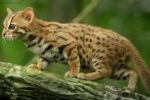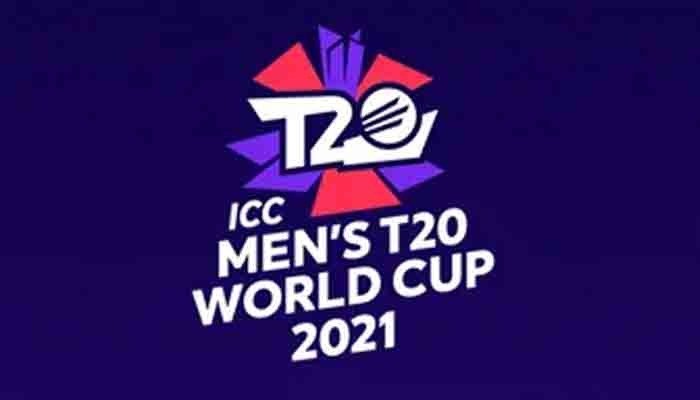DENGUE RAISES ITS HEAD IN SRI LANKA

While the number of deaths occurring due to the COVID-19 pandemic and of persons infected by the virus is on the decline in Sri Lanka, there is a significant rise in the rate of dengue patients from 10 districts across the island.
According to a recent media report, Dr. Shilanthi Seneviratne, a medical specialist and community physician at the National Dengue Control Unit, has urged the people to remain vigilant and seek medical attention if fever persists for more than two days. The Unit comes under the Ministry of Health, Nutrition and Indigenous Medicine.
The report added that during the course of the current year, 21,154 dengue patients have been reported throughout the country.
Clinical dengue-like illness has been recorded in Sri Lanka from early 20th century, and it was serologically confirmed in 1962.
Incidences of Dengue Fever (DF) and the more severe Dengue Haemorrhagic Fever (DHF) in Sri Lanka continued to increase during the early 2000s with two of the largest epidemics occurring in 2002 and 2004 with 8931 cases (incidence of 47 per 100,000 population) and 15,463 cases (incidence of 77 per 100,000 population) reported to the national Epidemiological Unit during these two years respectively.
Dengue has a seasonal transmission in Sri Lanka, with two peaks occurring with the monsoon rains in June-July and October-December respectively. The majority of cases occur during June-July, the summer monsoon.
Transmission of the fever
DF and DHF are transmitted by two kinds of Dengue Vector Mosquitoes: Aedes Aegypti and Aedes Albopictus. The two diseases have caused alarm and panic among the island population in recent times.
Of the 2246 mosquito species living worldwide, 140 species are found in Sri Lanka. There are four diseases in Sri Lanka that are conveyed by mosquitoes, namely, malaria, elephantiasis, dengue fever and Japanese encephalitis. Although the development of dengue vaccines began in the 1920s, it was hampered by the need to create immunity against all four dengue serotypes.
In December 2018, Dengvaxia was approved in the European Union as a vaccine against dengue disease. This is available in some countries for people aged 9 to 45 years. The World Health Organisation (WHO) recommends this vaccine to be given only to persons with confirmed previous dengue virus infection.
TAK-003 or DENVax is another vaccine, originally developed in Bangkok, Thailand. TV-003/005, TDENV PIV and V180 vaccines are undergoing studies and tests.
Unlike malaria and elephantiasis, where a parasite is involved, dengue fever and Japanese encephalitis are viral diseases, as is COVID-19. This means that the mosquito introduces a virus into the human blood. In the case of dengue fever, it is Aedes Aegypti or Aedes Albopictus that carries the dengue virus. The mosquito that conveys dengue virus, does not convey that of Japanese encephalitis and vice versa is equally true.
There are two important things which one may be unaware of and one needs to know about dengue fever: 1) Dengue-carrying mosquitoes, unlike others, breed in clear, fresh water. 2) They bite people during the day. Thus, the dengue virus enters human blood, not while a person is asleep at night, but when one is fully awake, either at school or at workplace.
Aedes Aegypti is black in colour and easily identifiable. There are white lines on its body. They are called “Tiger Mosquitoes” in other countries. About 60% are Aedes Aegypti which abound mainly in the capital Colombo.
Aedes Albopictus (40%) is found everywhere, but mostly outside Colombo. It has only one single line on its body.
It is the female mosquito which sucks human blood.

Breeding habitats
Here is a list of the breeding habitats of these two species:
1) Tyres
2) Machinery parts
3) Discarded receptacles (tins, cans, coconut shells, spent nuts, polythene packs)
4) Water storage containers
5) Ant traps
A mosquito lays 70-100 eggs at a time. These eggs are sticky and even if a water-accumulated tyre with mosquito eggs in it is emptied of the contents, the eggs can stick to a side of the tyre and survive for 6 months. Should they be reintroduced into the water habitat, their normal life procedure would continue uninterrupted.
Preventive measures
Fogging has proved ineffective for controlling dengue mosquitoes, as the effects of fogging can last only for one week. Weekly fogging, being not only a nuisance to people, also causes environmental pollution, creating conditions far worse than the dengue fever itself.
Consequently, the most effective means of combatting the dengue menace would be to keep the gardens clean and free from all kinds of discarded receptacles, containers, etc. that make ideal breeding habitats for the mosquitoes. These dengue carriers can fly within a radius of only 2 miles.
It is true that disposing of garbage and litter has to be undertaken by respective local government bodies. Yet, they alone cannot do it. People always should co-operate with such authorities in their efforts. Empty tins and cans could be either buried or burned or one could make a hole in the bottom of these receptacles so that rain water might not collect there. Coconut shells or used nuts could be chopped up into pieces or they could be used as fuel for cooking at home. Water in ant traps could be replaced once a week and this would hinder the growth of larvae. Tyres could also be removed from the garden.
DHF is a fatal disease that threatens children. It has claimed the lives of many children in the past. Mild flu like illness may be the first symptom of this fever that might respond to normal medical treatment. Yet, the fever might also last for 7-8 days. This sustained fever would be followed by a number of other symptoms: severe headache, prostration, joint pains, muscle and limb pains, abdominal pain, little vomiting, nose and mouth bleeding, vomiting blood and enlargement of liver. Lastly, red patches (like mosquito bites) would appear on the skin.
The patient, suffering from DHF, must be immediately taken to a doctor for proper medical treatment. The patient under treatment needs bed-rest.
A major health problem
Dengue can strike you again and again. You can get infected with dengue not once, twice but multiple times, with each subsequent infection being deadlier than the ones before. More than two in three people may not even develop symptoms the first time they get infected. This is another risk involved. The mosquito that spreads dengue also spreads chikungunya, zika and yellow fever.
Dengue is becoming a major health problem which is both global and local. Dengue fever outbreaks have been documented on every continent except Antarctica. A dengue-like disease was first described clinically in Thailand from 1950 and in Philippines from 1953. For more than 40 years, countries where this disease is endemic, have reported cases and deaths to the respective WHO Regional Officers. Millions of people living in tropical and subtropical parts of the world are infected each year by one or more of the four serotypes of dengue viruses. ***







